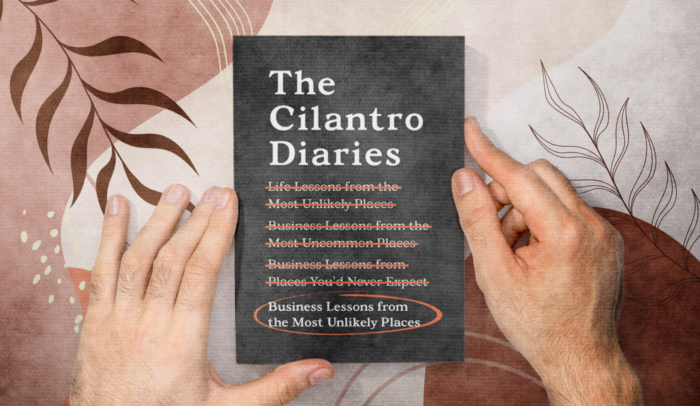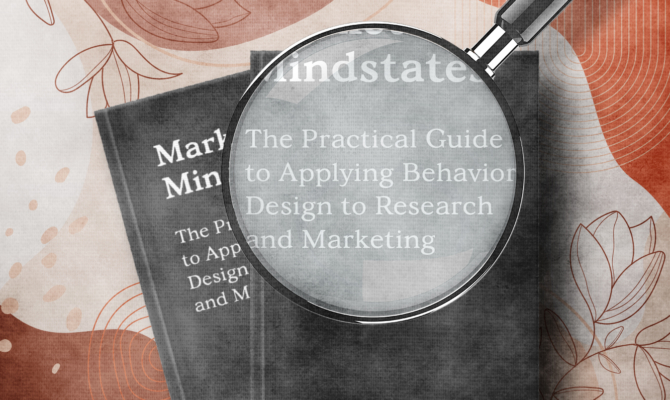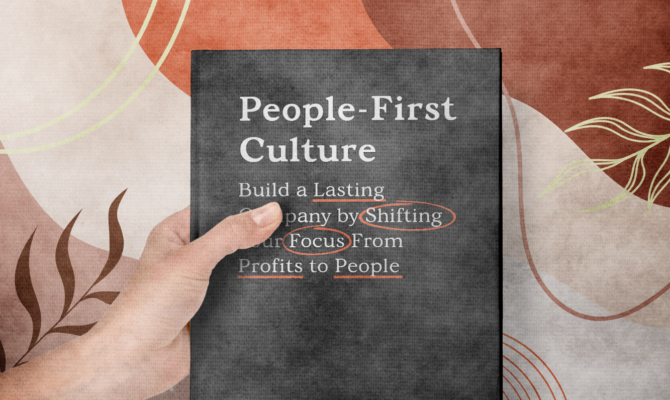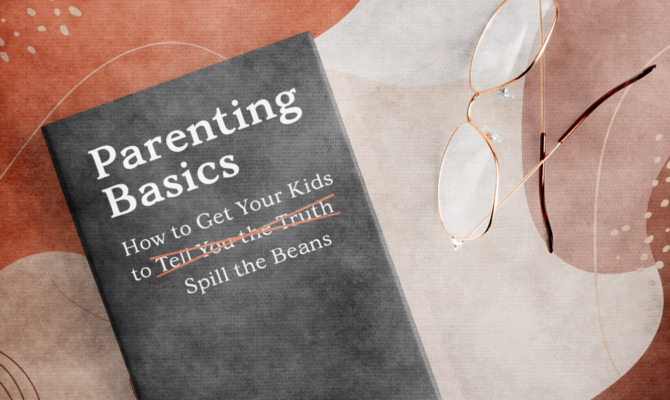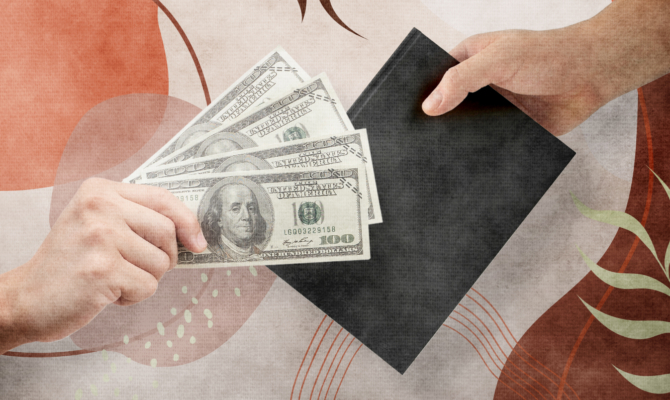Does your book need a subtitle?
Probably.
A good book title hooks the reader and makes them interested.
That buys you about two more seconds to either reel them closer or lose them completely with the subtitle.
The subtitle reels them in by explaining exactly why they should read the book.
If you can do both things in the title, then you don’t need a subtitle. But that’s extremely rare.
Most of the time, the hook and the reel are two different pieces, split across the title and subtitle.
Take 3 examples:
- The Cilantro Diaries
- The Patient as CEO
- Never Lose a Customer Again
The first title could be almost anything. A memoir. A novel. Even a cookbook.
The second title tells you the book’s probably about healthcare in some way, but it doesn’t provide any context.
The third title comes closest to standing on its own. It’s a direct hook that tells you what you’ll get out of reading the book.
But look at these:
- The Cilantro Diaries: Business Lessons from the Most Unlikely Places
- The Patient as CEO: How Technology Empowers the Healthcare Customer
- Never Lose a Customer Again: Turn Any Sale into Lifelong Loyalty in 100 Days
In every one, the subtitle adds something important. If someone who needs that book reads the subtitle, they’ll want to find out more.
If you don’t already have a great title for your book, start with my post on nonfiction book titles.
If you have a title but you need a subtitle, this post will tell you how to write a great one.
Table of Contents
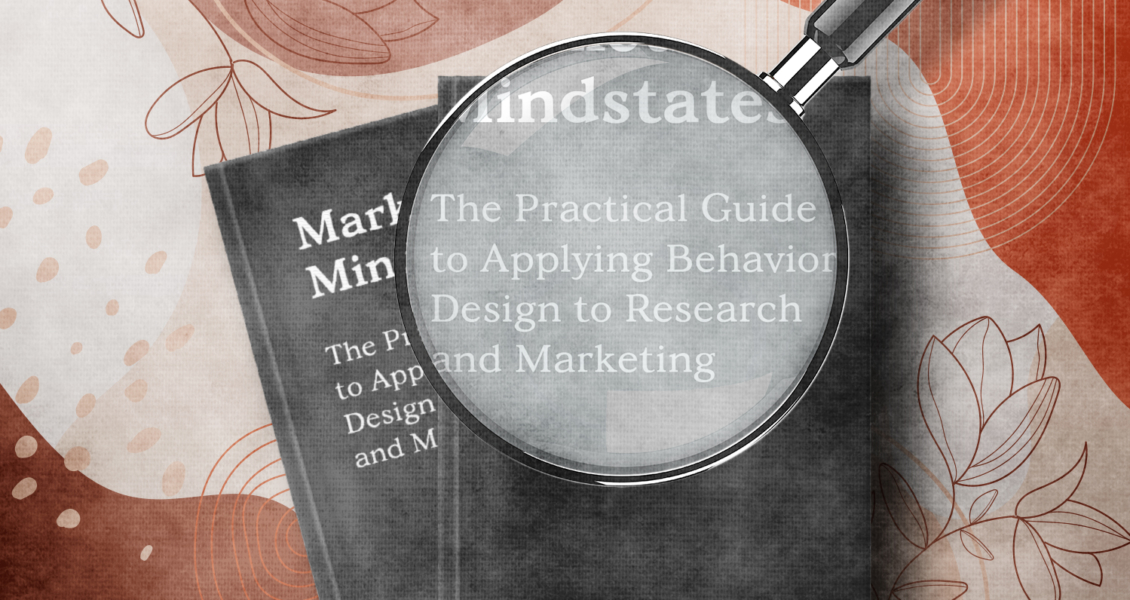
CHAPTER 1
What Is a Book Subtitle?
A book subtitle is a phrase that follows a book title to give it context.
It doesn’t have to be memorable. It just needs to explain the book.
Take this one, for example:
Marketing to Mindstates: The Practical Guide to Applying Behavior Design to Research and Marketing
The title alone, Marketing to Mindstates, is catchy and memorable. But it doesn’t tell you much about the book unless you already know what a mindstate is.
The subtitle tells you more—the book is a practical guide that shows you how to use behavior design in research and marketing.
Now, imagine a conversation between two people at a party. One of them just read the book and wants to share it with the other.
“It’s called Marketing to Mindstates. It tells you all this stuff about the unconscious mind and human behavior and shows you how to use it in research and marketing.”
“Oh, that sounds really good. What’s the title again?”
“Marketing to Mindstates. You know, like states of mind, but all one word. Mindstates.”
“Marketing to Mindstates. Got it. Thanks! I’m going to look that up!”
People won’t necessarily remember the subtitle, or at least not exactly. But they’ll remember the gist of it.
The title is what people will remember to look up your book.
The subtitle explains the book, telling them what they’ll get out of reading it.
The subtitle is at least as important as the title because that last bit—what people will get from your book—is the only thing that will actually sell it.
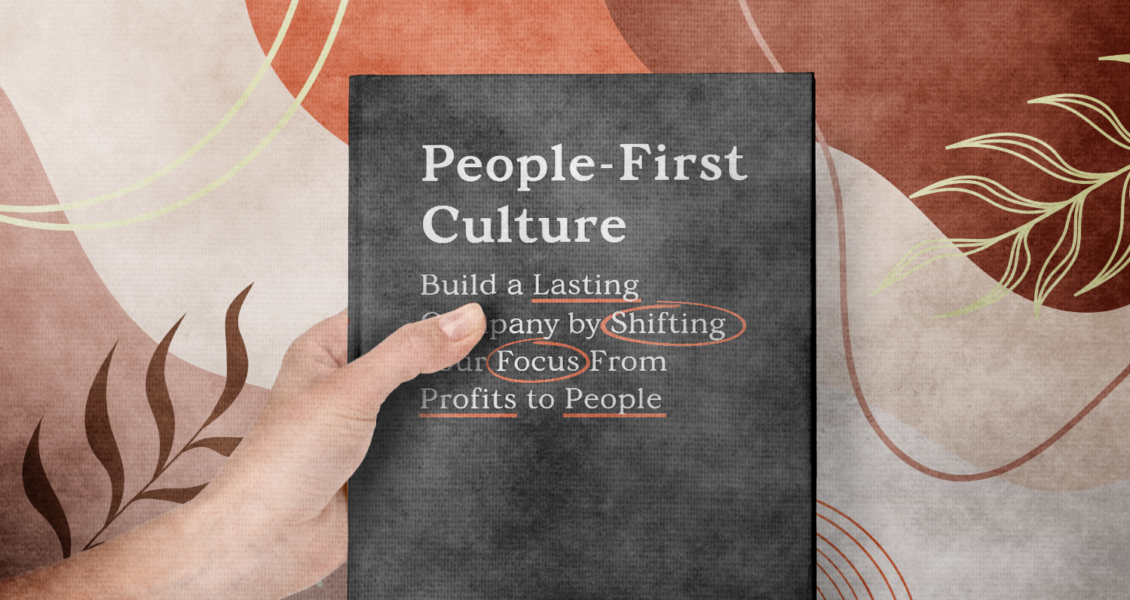
CHAPTER 2
The 5 Attributes of a Good Subtitle
The best subtitles have 5 characteristics in common:
1. Contextual
A good subtitle provides context for the title.
It’s informative, letting you know who should read the book and how it will help them.
Your subtitle should also tell readers who the book is for, but that doesn’t mean you have to name the audience. For example, you wouldn’t say A Book for Ambitious, People-Focused Business Leaders Who Want to …
That’s a terrible start to a subtitle. But look at this one:
People-First Culture: Build a Lasting Company by Shifting Your Focus From Profits to People
The book is obviously for business leaders because those are the people who build lasting companies.
The audience is built into the subtitle without needing to say it.
2. Attention-Holding
The title grabs people’s attention. The subtitle needs to hold it to draw the reader in for more information.
It does that by giving the title direction and telling the reader what to expect.
The right subtitle will make the right reader want to open the book.
Look at this one:
Start Where You Are: My Journey from Childhood Poverty to Passionate Entrepreneur
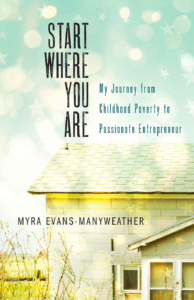
The title alone implies hope and optimism, and the design of the book cover emphasizes those feelings with the stars that overlay the sky.
Start Where You Are. Grow from there. One step at a time. You can do it.
But do what?
The subtitle answers the question raised by the title, giving it direction and focus.
Do what? Become a passionate entrepreneur.
3. Searchable
If a great title is memorable, a great subtitle is searchable.
It should include keywords that your target audience might type into search engines like Google or even directly into Amazon.
- how to build a social media platform
- how to save for retirement
- how to brew great beer at home
Whatever your book is going to do for readers, those keywords need to be in the title to help them find it.
And, most importantly, to help people looking for those topics find your book. Remember: Amazon is the third biggest search engine after Google and YouTube.
4. Easy to Read and Say
Even though most people won’t remember your subtitle word-for-word, you don’t want it to be too complicated.
For one thing, it needs to fit on the cover.
But you also don’t want to lose readers by using words they aren’t comfortable with or that don’t fit your book.
A graduate-level textbook on finance might get away with a mouthful of a subtitle, but your book can’t.
Use simple language.
Great subtitles aren’t about being clever. They’re direct and to-the-point.
5. Short and Specific
A great subtitle is extremely specific.
It’s something I say a lot, but I can’t stress it enough:
A narrow target reaches a wide audience.
That’s because people need to know exactly who your book is for.
A book isn’t “for everyone.” No book is for everyone.
But a book can be “for everyone who wants to know how to get promoted at work without even trying.”
So your subtitle needs to be short, but it needs to pack in a lot of information. That can be a tricky balance, not just for self-published Authors but even for professional book editors.
Look how much of a difference the right focus can make:
People-First Culture: Build a Lasting Company by Shifting Your Focus
People-First Culture: Build a Lasting Company by Shifting Your Focus from Profits to People
The first subtitle would have been too general. It doesn’t say enough about the book’s central idea. Shifting your focus from what to what?
In trying to keep your subtitle short, it’s tempting to think, “People will put it together. The title is People-First Culture. Obviously, it’s about putting people first.”
That’s a huge mistake, and I see it all the time. Don’t ask potential readers to do the work of putting your title and subtitle together. Spoon feed the connection to them.
The last 4 words of the real subtitle knock it out of the park: from Profits to People. They tell the reader what the book is about, targeting the right audience by grabbing people who are interested in that idea.
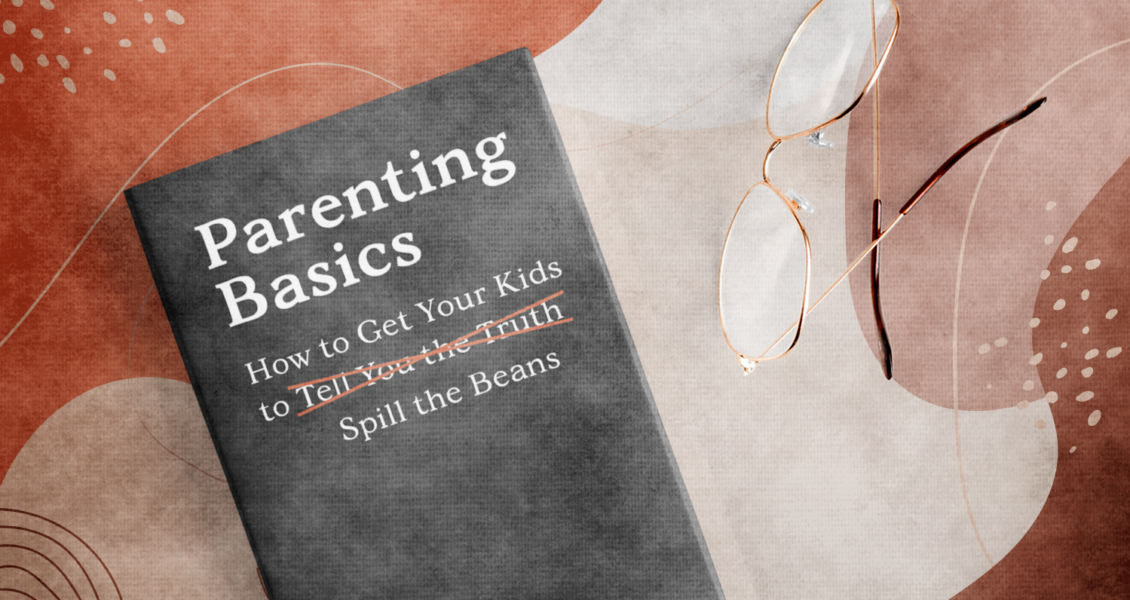
CHAPTER 3
How to Write a Stellar Book Subtitle
Step 1. Know What Your Book Will Do for the Reader
The subtitle is a message to the reader about what they’re going to get from reading your book.
It should focus on two ideas:
- who your ideal readers are
- what benefit they will get from your book or what problem it will solve for them
These are the 2 messages that the subtitle needs to convey, so make sure you’re clear on both.
If you’re not sure about either one, you shouldn’t be focusing on subtitles. You should be revising your book.
Step 2. Factor in the Tone of the Book
Pay attention to the tone of your book, and keep it in mind as you move into brainstorming. Your book’s title and subtitle should reflect the feel of the book as a whole.
Whether your book is:
- funny
- serious
- optimistic
- cautionary
- authoritative
- etc.
The title and subtitle should convey that tone immediately.
Step 3. Brainstorm Subtitle Ideas
Subtitles are tough. Don’t expect to come up with the perfect subtitle in an afternoon.
When people ask me about subtitles, I tell them to start with a literal description of the book and then work from there.
If you’re not sure how to start, try these:
- Imagine the perfect reader for your book—the person who would get the most out of it. Who are they? What makes them perfect for your book? Their job? Their life situation? What they want or need? Write down the things that matter.
- Think about what you want that person to get out of your book. Will they learn how to do something? Gain something? Get rid of something? Transform some part of their life? Write those things down too.
Remember to be specific. The idea is to start with something like:
I want to reach someone who feels ‘uninteresting’ or ‘not special’ and help that person find and embrace the things that make them unique so they realize their full value, then help them capitalize on those things to build something amazing.
And eventually get to:
Find Your Yellow Tux: How to Be Successful by Standing Out
I made up the starting description based on this very real (and terrific) book just to give you an idea of the starting and ending point. Don’t worry about getting to the final result from the beginning.
Start with what you want to do for someone, being as specific as possible.
If that seems like it jumps over a lot of steps, you’re right. It does. Here are some techniques to help you get from start to finish:
Start with the right title
I’ve written an entire post about coming up with the right title.
Once you have the title, your subtitle gives that title context and direction.
Ask yourself questions about your title and short description
For example:
- What does my title mean to me? (E.g. what does it mean to “Find Your Yellow Tux”?)
- Can I be more specific about my audience? Are they kids or adults? Does that matter? Are they business people? Parents?
- What do I want people to come out with, in a nutshell? Do something? Build something? Be something?
Really dig into your title and description and try to get to the root of your own message.
Hone the description down to the essentials
Start by eliminating alternatives from your description. If it says “find and embrace,” are they equally important? Which does the book focus on more?
Look for anything redundant. If your description says you want to help parents learn how to get their kids to talk to them, you don’t need “parents” in the subtitle. “How to Get Your Kids to Talk to You” implies that it’s for parents.
Remember, this is still a middle step. “How to Get Your Kids to Talk to You” could be better, but at least now it’s in the right ballpark. It’s short and relatively specific.
Try to be more specific
Don’t stop with whatever you came up with during the first round.
If you’re considering something like “How to Get Your Kids to Talk to You,” ask yourself whether that’s the full message.
Is the book just about talking in general? Or is it more about:
- How to Get Your Kids to Tell You the Truth
- How to Get Your Kids to Share Their Feelings
- How to Get Your Kids to Tell You What They Need
- How to Get Your Kids to Come to You First
None of these are perfect subtitles, but you can see how being more specific can get you closer.
Consider slang or alternative, catchier phrases
Tiny changes can be huge when it comes to subtitles.
Look at the difference between this:
How to Get Your Kids to Tell You the Truth
and this:
How to Get Your Kids to Spill the Beans
The second one means essentially the same thing but provokes more of an emotional response.
If your book is entertaining as well as informative, you want that to come across.
Step 4. Check Copyright, Trademark, Competition & Popular Meaning
First of all, I want to be really clear:
You can’t copyright a title.
But your subtitle could run into trademark issues if it’s using a trademarked phrase within its registered space.
For questions about copyright and trademark, it’s best to consult an attorney.
Even if you don’t have copyright or trademark issues, you don’t want your subtitle to be too similar to a popular book that’s already out there, and you don’t want a subtitle with a phrase that’s overused.
Search your leading subtitle choices in Amazon to see what comes back.
You also don’t want to use a phrase that has a meaning you’re not aware of. Thanks to social media, the language of popular culture is evolving faster than ever.
Consult Google to make sure your subtitle doesn’t have any unintended implications.
Step 5. Choose Your Favorites and Test Them (optional)
If you do want to test your subtitles, asking your friends and family won’t work. They don’t understand book marketing, and they want to make you happy.
That’s a terrible combination when you need real feedback.
Social media posts are equally bad. Friends and followers will love whatever you post, and nobody else will care enough to speak up if they even see it in the first place.
The only way to test your subtitle in a meaningful way is with real market data.
I recommend this piece on using Google Ad Words step-by-step to test titles and subtitles.
Or check out these survey providers if you don’t want to run ads:
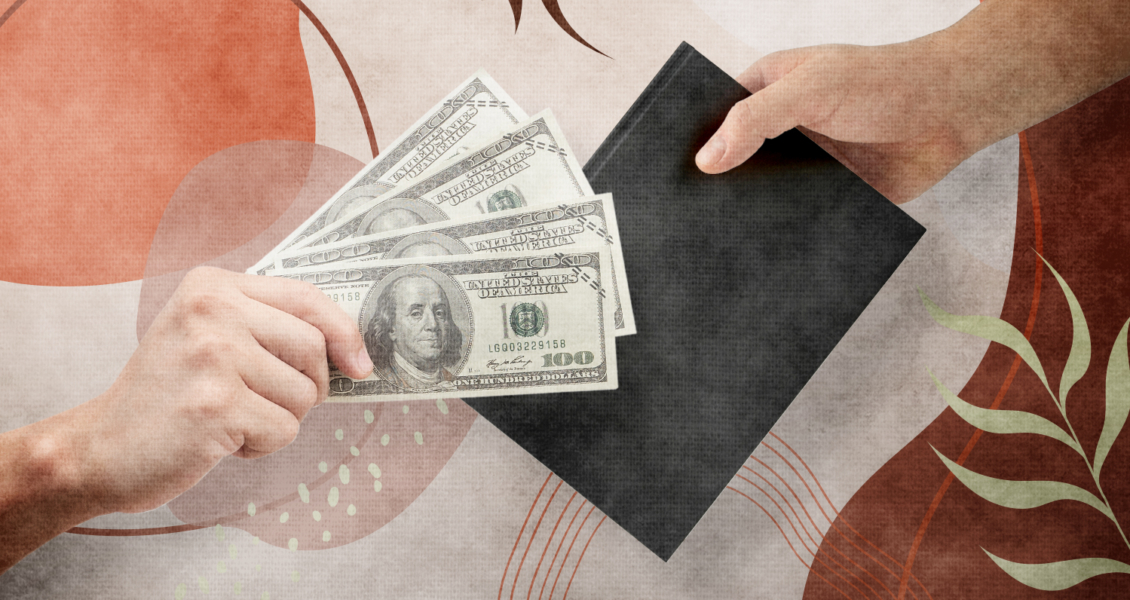
CHAPTER 4
Examples of Great Subtitles That Sell Books
Finally, here are a few more examples of subtitles that really hit home. I’ll list the full title for each one because the whole job of the subtitle is to provide context for the title.
1. Breaking into College: The Underground Playbook for College Admissions
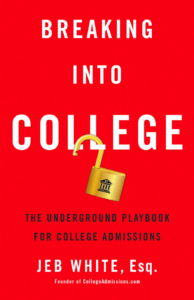
Notice how much more powerful this subtitle is than something generic like Understanding College Admissions while keeping the key phrase intact.
It’s UNDERGROUND. It’s a SECRET the Author is letting you in on. And it’s not boring step-by-step instructions. It’s a PLAYBOOK. It also follows the title of BREAKING INTO college with a similar theme. Both the title and subtitle pack a quick punch.
2. The Pop-Up Paradigm: How Brands Build Human Connections in a Digital Age
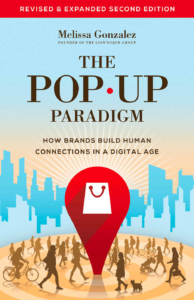
Here, the subtitle provides the bulk of the information. You don’t need to have any idea what a pop-up is to know what the book is about.
It also uses keywords like BRANDS and BUILD while setting up a critical contrast between HUMAN CONNECTIONS and the DIGITAL AGE. Readers who need what this book offers will recognize it immediately.
3. The Five-Hour Workday: Live Differently, Unlock Productivity, and Find Happiness
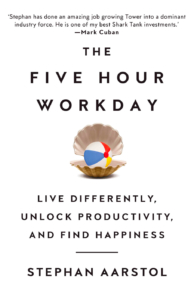
The subtitle is so important here, especially UNLOCK PRODUCTIVITY. Many people might assume from the title that the Author is advocating a lazy lifestyle. But the idea of unlocking productivity through a five-hour workday sends a very different message.
Because of that message, the book attracted massive media attention.


